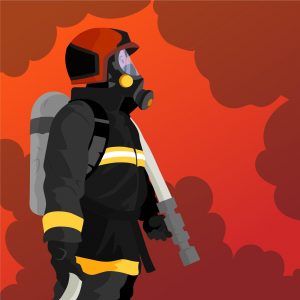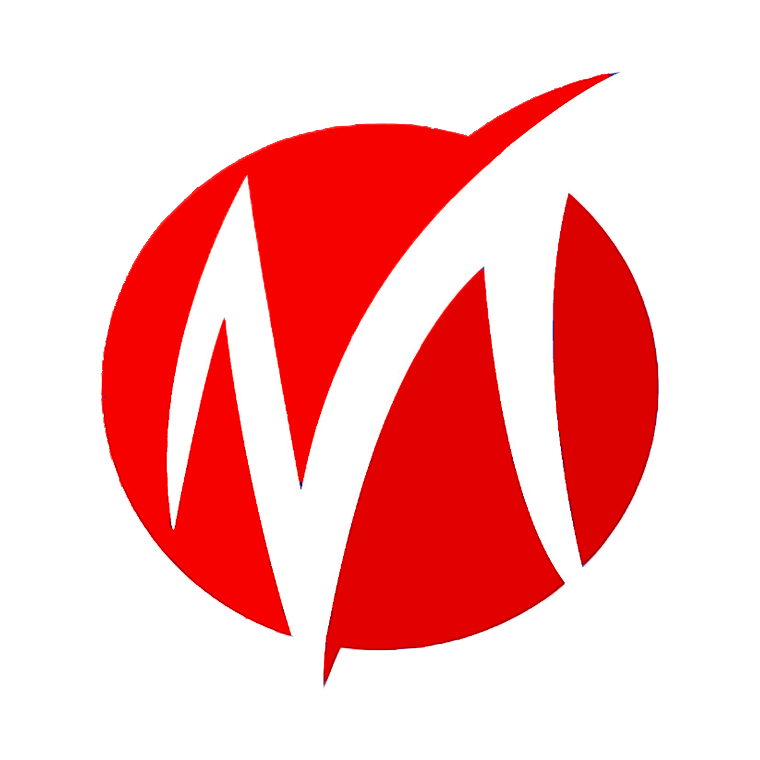Fire Fighting (Control) Systems

CARBON DIOXIDE SYSTEMS
Carbon dioxide extinguishes primarily by displacing part of the atmosphere at or near the fire so that the oxygen supply in the vicinity is reduced to at least 15% by volume. Carbon dioxide has little cooling effect and is therefore not the best material to use on deep-seated fires. Another drawback is that carbon dioxide systems provide only limited quantities of extinguishing agent and, consequently, must extinguish immediately unless provided with a reserve supply. While we generally think of sprinkler systems in terms of basic protection, a carbon dioxide system is specifically engineered for a special hazard. Carbon dioxide is limited to extinguishing Class A-, B-, and C-type fires.
Carbon dioxide is primarily used for flammable and combustible liquid fires and electrical equipment fires. Carbon dioxide is mildly toxic and can cause a person to become unconsciousness if trapped in a 9% concentration. Since carbon dioxide is a non-conductor, it is effective for controlling fires in electrically energized equipment. However, along with the other limitations mentioned, hot embers may rekindle after the carbon dioxide gas has been dissipated and no longer affords a smothering effect. Carbon dioxide has been used successfully on flammable liquid fires, and, on air-crash fires when a quick knockdown is needed (Haessler, 1974).
Certain metals can decompose when exposed to carbon dioxide. Another limitation is that, when compared to sprinkler systems, the reliability is considerably less because of frequently experienced component malfunctions.
Because carbon dioxide is discharged in a gaseous form by internal storage pressure and the vapours are heavier than air, carbon dioxide extinguishing systems are usually found in interior locations, protecting the following hazards (Whitman, 1979):
- Flammable and combustible liquids.
- Electrical hazards including transformers, oil reservoirs, switches, circuit breakers, motors, and generators.
- Sensitive electronic equipment including computers, printers, and radio or television transmitting equipment.
- Food preparation areas such as deep fat fryers, ovens, broilers, ranges, and exhaust ducts.
- Internal combustion and diesel engines and accompanying fuel supplies.
- Combustible materials with unique intrinsic value such as legal documents, official records, furs and films, and other items often stored in vaults.
- Occupied areas which may not be evacuated prior to carbon dioxide discharge.
- Chemicals or pyrophoric materials containing an inherent oxidizing agent.
- Reactive metals including sodium, potassium, magnesium, titanium, zirconium, and the metal hydrides.
For more information on Safety Training do click this link to MASMA Safety or click here for more information. Do not hesitate to call us at 019-2000643. MASMA Fire Engineering – Your Trusted Fire Contractor.
